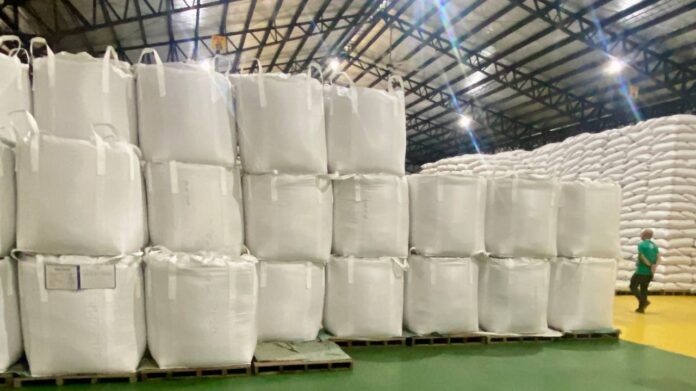The Department of Agriculture (DA) has formally recommended to President Ferdinand Marcos Jr. the extension of the temporary rice import ban until the end of the year, citing the need to stabilize farm gate prices and support local producers.
Agriculture Secretary Francisco P. Tiu Laurel Jr. said the suspension, first imposed by President Marcos to counter a steep drop in palay prices, initially pushed farm gate prices up but gains have since moderated as the policy neared expiration.
In major rice-producing provinces such as Isabela and Nueva Ecija, palay prices climbed to ₱13–₱14 per kilo from as low as ₱8 before the import freeze. DA monitoring showed prices peaked at ₱16.50 per kilo in early September before easing to ₱13.50 later that month. The production cost remains at ₱12–₱14 per kilo.
“This demonstrates that while upward adjustments have been observed, farmgate prices remain volatile and the harvest is still underway across much of the country,” Tiu Laurel said. He described the proposed extension as a “necessary measure to provide sustained support to local producers, maintain market stability, and ensure a more comprehensive assessment of the policy’s effects.”
The DA reported that retail rice prices have remained stable despite the import suspension. Data from the Agribusiness and Marketing Assistance Service (AMAS) showed imported regular-milled rice fell from ₱40 per kilo in August to ₱37 by mid-September, while well-milled rice declined from ₱50 to ₱48. Local rice prices have stabilized, projected to settle around ₱42 per kilo for well-milled and ₱40 for regular-milled rice by November.
“These developments suggest that consumer welfare has not been adversely affected by the suspension,” Tiu Laurel said, adding that rice supply remains sufficient with buffer stocks exceeding food security thresholds. Current inventories are 1.12 million metric tons higher than last year’s ending stock.
The DA said the proposed 30- to 60-day extension would allow a fuller evaluation of the ban’s impact on both farm gate and retail markets, continue shielding farmers from cheaper imports, and help policymakers integrate more indicators such as warehouse inventories and trade flows for a comprehensive policy review.







